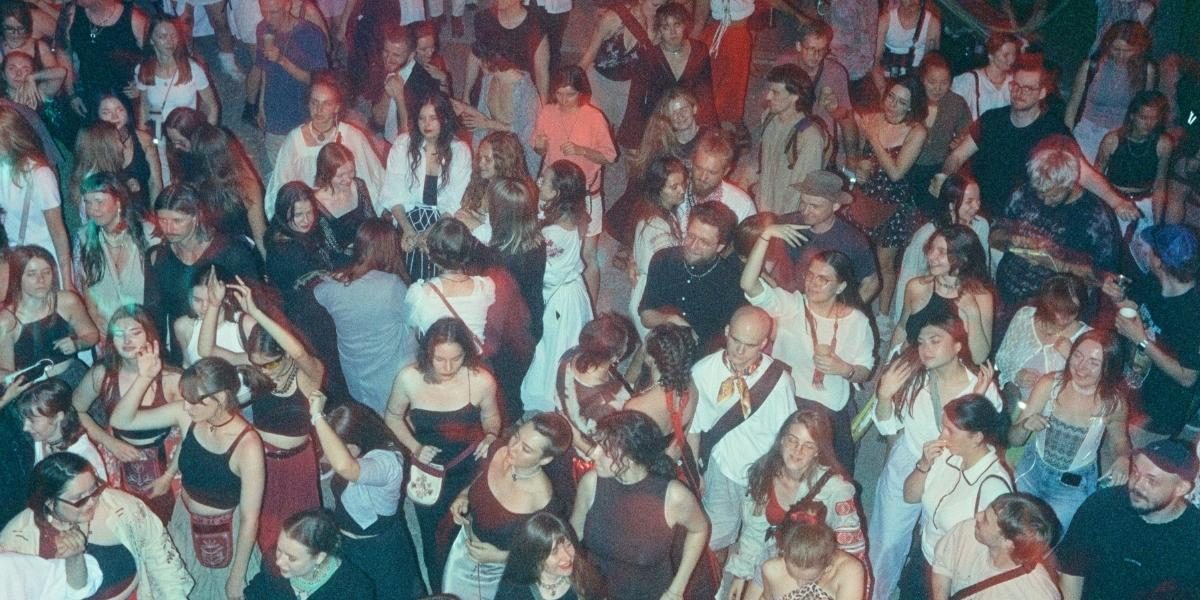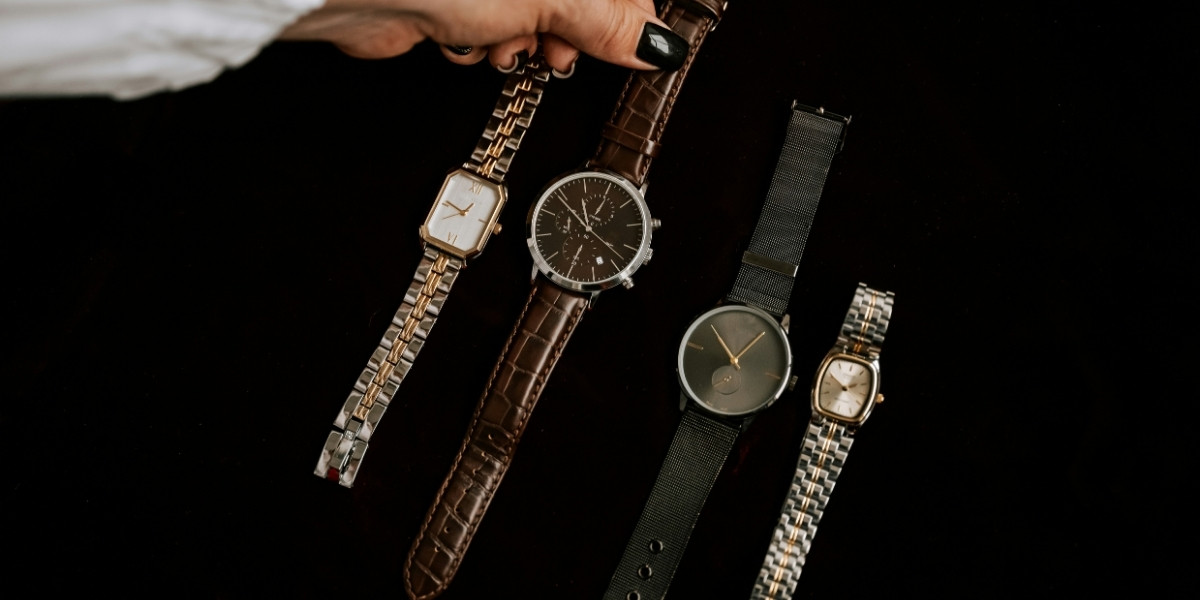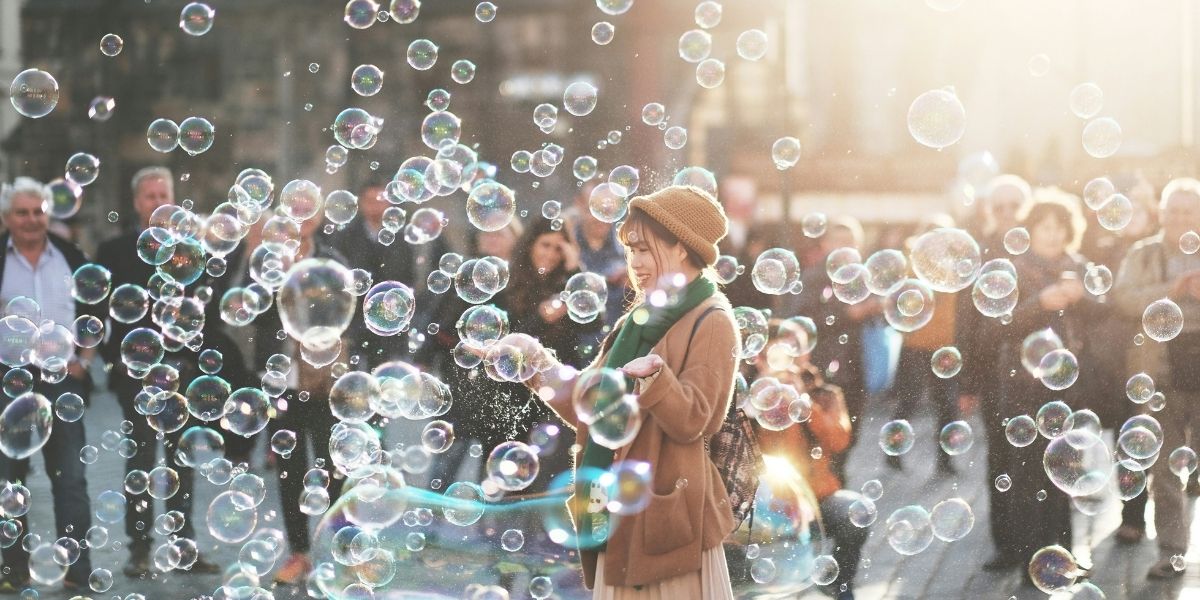Lost in the Beat: Exploring the Culture and Impact of 1990s Clubbing
The 1990s was a decade of cultural revolution in the world of clubbing. It marked the explosion of diverse music genres, the rise of iconic superclubs, and a unique sense of freedom, self-expression, and community on the dance floor. The club scene during this time was a melting pot of creativity, where fashion, music, and social dynamics came together to form an unforgettable era. This article delves into the culture and impact of 1990s clubbing, examining the defining sounds, influential venues, fashion trends, and social shifts that shaped the nightlife of a generation.
Read Also: How Tailored Employee Training Enhances Skills and Productivity
The Sound of a Generation
Music was the heartbeat of the 90s club scene. The decade saw the rise of house, techno, trance, and drum and bass, each genre influencing the energy and vibe of the dance floors. However, the 90s club scene wasn’t just about electronic music. Hip-hop and R&B also made their mark, with their beats becoming staples in clubs across the world.
-
House and Techno: Pioneered by artists like Frankie Knuckles, Daft Punk, and Carl Cox, house and techno tracks with deep basslines and infectious rhythms became the soundtrack to many club nights. The genre’s roots in Chicago and Detroit extended globally, defining the dance culture.
-
Trance and Drum & Bass: As the decade progressed, trance music with its uplifting melodies and drum and bass with rapid breaks and bass-heavy soundscapes entered the limelight. DJs like Paul Oakenfold and Goldie played an instrumental role in pushing these genres to the forefront, influencing club goers and rave scenes alike.
-
Hip-Hop and R&B: Hip-hop and R&B found their place in the club culture as well, with artists like Tupac, Notorious B.I.G., and Mary J. Blige becoming icons of the era. These genres brought a different kind of rhythm to the club scene, where the groove was just as important as the beat.
-
Pop Crossover Hits: The 90s also brought an influx of pop hits that filled the dance floor in clubs. Tracks by artists like Madonna, Spice Girls, and George Michael were a staple, providing a crossover appeal that merged club culture with mainstream music.
The Rise of the Superclubs
The 90s witnessed the rise of superclubs, massive venues that were more than just places to dance—they became cultural landmarks. These superclubs, such as Ministry of Sound in London, Space Ibiza, and The Warehouse Project in Manchester, were iconic for their sheer size, state-of-the-art sound systems, and larger-than-life light shows.
What made these clubs stand out was not just their impressive facilities, but also the experience they offered. They were destination spots, where club-goers traveled for miles to experience world-class DJs spinning the latest tracks in a space that made them feel like part of something bigger. These clubs were at the heart of the 90s rave culture, where the music, the vibe, and the crowd became one.
Fashion and Identity on the Dance Floor
Fashion in the 90s club scene was a reflection of the energy, freedom, and diverse influences of the time. The clubbing attire of the decade was as varied as the music, blending elements of streetwear, sportswear, and avant-garde looks.
-
Baggy Jeans and Neon Sportswear: Influenced by hip-hop culture, many club-goers embraced baggy jeans, oversized shirts, and neon tracksuits. Designers like Tommy Hilfiger and Adidas played an important role in shaping this streetwear look, with flashy logos and bright colors dominating the dance floors.
-
Glamorous and Experimental Looks: For those in more exclusive clubs or rave environments, fashion was experimental, with many opting for glitter, fluorescent colors, and futuristic clothing. Cyberpunk influences could also be seen, with club-goers sporting metallic clothing, platform boots, and neon accessories.
Fashion on the dance floor wasn’t just about style; it was about self-expression and belonging to a specific subculture. Clothing became a way to identify with a group—whether it was the ravers with their bright colors and kandi beads or the house music lovers with their more minimalist, sleek designs.
Social Dynamics and Community
Clubs in the 90s were more than just places to dance; they were spaces for escapism and community. The social dynamics of the 90s club scene were often about creating a sense of belonging, freedom, and connection through music and shared experiences.
The rave culture, in particular, emphasized the PLUR ethos—Peace, Love, Unity, and Respect—which helped shape the inclusive and welcoming nature of the scene. For many, clubs became safe spaces where people from all walks of life could come together, away from the judgment of society, and express themselves through dance and music.
The Influence of Rave Culture
Rave culture became a driving force in the 90s, influencing not only clubbing but also youth culture at large. The DIY ethos of rave culture encouraged underground parties, illegal warehouse raves, and festivals that emphasized freedom of expression, self-identification, and community building.
The ideals of PLUR still resonate today, as they laid the foundation for modern electronic dance music (EDM) festivals like Tomorrowland and Electric Daisy Carnival. These events continue to reflect the inclusive, non-judgmental vibe that was prevalent in the 90s rave scene.
The Role of DJs and Live Performances
DJs in the 90s were not just music selectors; they were artists and performers in their own right. The decade saw the rise of legendary figures such as Carl Cox, Paul Oakenfold, Sasha, and Laurent Garnier, who helped elevate the role of the DJ from a background figure to the star of the show.
DJs became central to the clubbing experience, with their skills in mixing and track selection able to shape the energy of the crowd. Their performances were often accompanied by live acts and visual art, such as light shows and projected visuals, adding another layer to the sensory experience of clubbing.
The Legacy and Lasting Impact
The impact of 90s clubbing can still be felt today in music, fashion, and nightlife. The electronic music scene continues to thrive, with artists drawing inspiration from 90s house, techno, and rave culture. Clubs and festivals remain central to modern youth culture, continuing to promote the values of community, freedom, and self-expression.
Read Also: Vocal Warm-Up Techniques: Preparing Your Voice for Optimal Performance
Fashion trends from the 90s club scene have also resurfaced, with elements like neon colors, oversized clothing, and streetwear making a return to mainstream fashion. The spirit of escapism that characterized the 90s club scene lives on in the cultural phenomenon of music festivals and dance events that continue to shape global youth culture.
The 1990s were a golden era for clubbing, marked by musical evolution, fashion experimentation, and the rise of iconic superclubs. The decade was not just about dancing and partying; it was about creating spaces for self-expression, fostering communities, and experiencing a sense of freedom that resonated deeply with a generation. As we reflect on the impact of the 90s club scene, we see how its influences continue to shape modern music, fashion, and social dynamics, proving that the beat of the 90s is still alive and well today.






